Warning: This post contains major spoilers for the books Nimona, Legendborn, the Morrigan Crow series, Fledgling, and These Witches Don’t Burn, as well as WandaVision.
WandaVision is the newest hit from the MCU, giving viewers a fresh, funny and incredibly sinister story full of twists and turns, particularly of the witchy variety. Wanda Maximoff is referred to as ‘Scarlet Witch’ for the very first time in the cinematic adaptations, by another powerful witch, Agatha Harkness. In the latter episodes of the series, we see these two women, each with their own brand of dangerous magic, facing off against each other to achieve their respective goals.
Even in the superpowered world of the MCU, Agatha and Wanda stand apart. Agatha is an ancient witch whose powers are strong enough to temporarily de-power Wanda; Wanda herself can remake reality so efficiently that she can carry a small town through a living sitcom, and bring back her dead love. Both women are feared and sometimes ostracised by their peers; even in a world where Norse gods rub shoulders with super soldiers and radioactive balls of muscle and anger, a woman with dangerous magic is seen as a higher-level threat.
The dangerous magical women of WandaVision struck a chord with me, reminding me of several other books I’ve read recently. The trope of a woman or girl with magic or power that frightens even the other magical, powerful people around her is a more common one than you might think. So, too, is the fact that these characters are nearly always good people, determined to use their powers to help others, but living in the shadow of a predecessor who used a similar power for evil.
Hollowpox: The Hunt for Morrigan Crow by Jessica Townsend
At the end of the first book in the Morrigan Crow series, we learn that Morrigan is a Wundersmith, a powerful magician who can perform great feats of magic. By the third book in the series, Hollowpox, Morrigan’s magical secret is out in the open, and she has to deal with society’s fear of Wundersmiths thanks to the destructive actions of the evil Ezra Squall – who, just to raise the stakes even further, is perhaps Morrigan’s only option to learn how to really use her powers. Townsend’s story expertly walks the line between Morrigan’s urge to do good and her wish to understand her magic, even if it means allying herself with a monster.
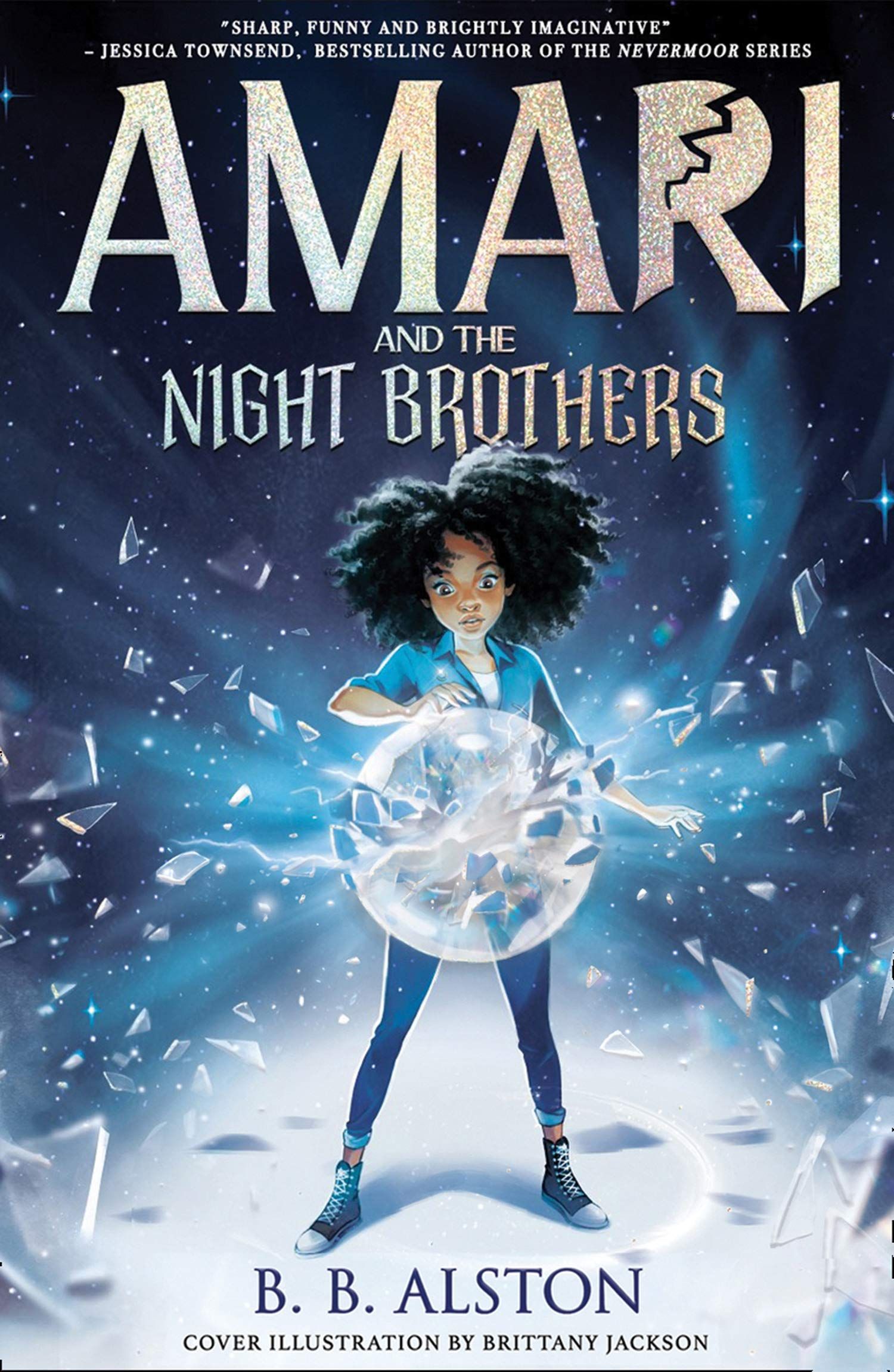
Amari and the Night Brothers by B.B. Alston
Amari, in a quest to find her missing brother, joins a secret society of supernatural investigators. Living in an underground base and sharing a room with a were-dragon is only the beginning of Amari’s induction into a brand new world – she also discovers that she is a magician, with supernatural powers that are illegal even within this magical society. Amari must learn how to pass the tests that will allow her to become a full member of the society, even though none of her instructors will teach her to use her magic – and, like Morrigan before her, she has to contend with the reputation of her magician predecessors, supervillains who have spent centuries trying to take over the magical world.

Nimona by Noelle Stevenson
Noelle Stevenson’s famous webcomic-turned–graphic novel (and sadly cancelled film) pushes the ‘dangerous girl’ character into ‘monstrous girl’ territory. The titular Nimona starts out as a funny, infuriating sidekick to supervillain Ballister Blackheart, but as the story progresses, both Blackheart and the readers slowly realise that Nimona is far more dangerous than anyone had realised.
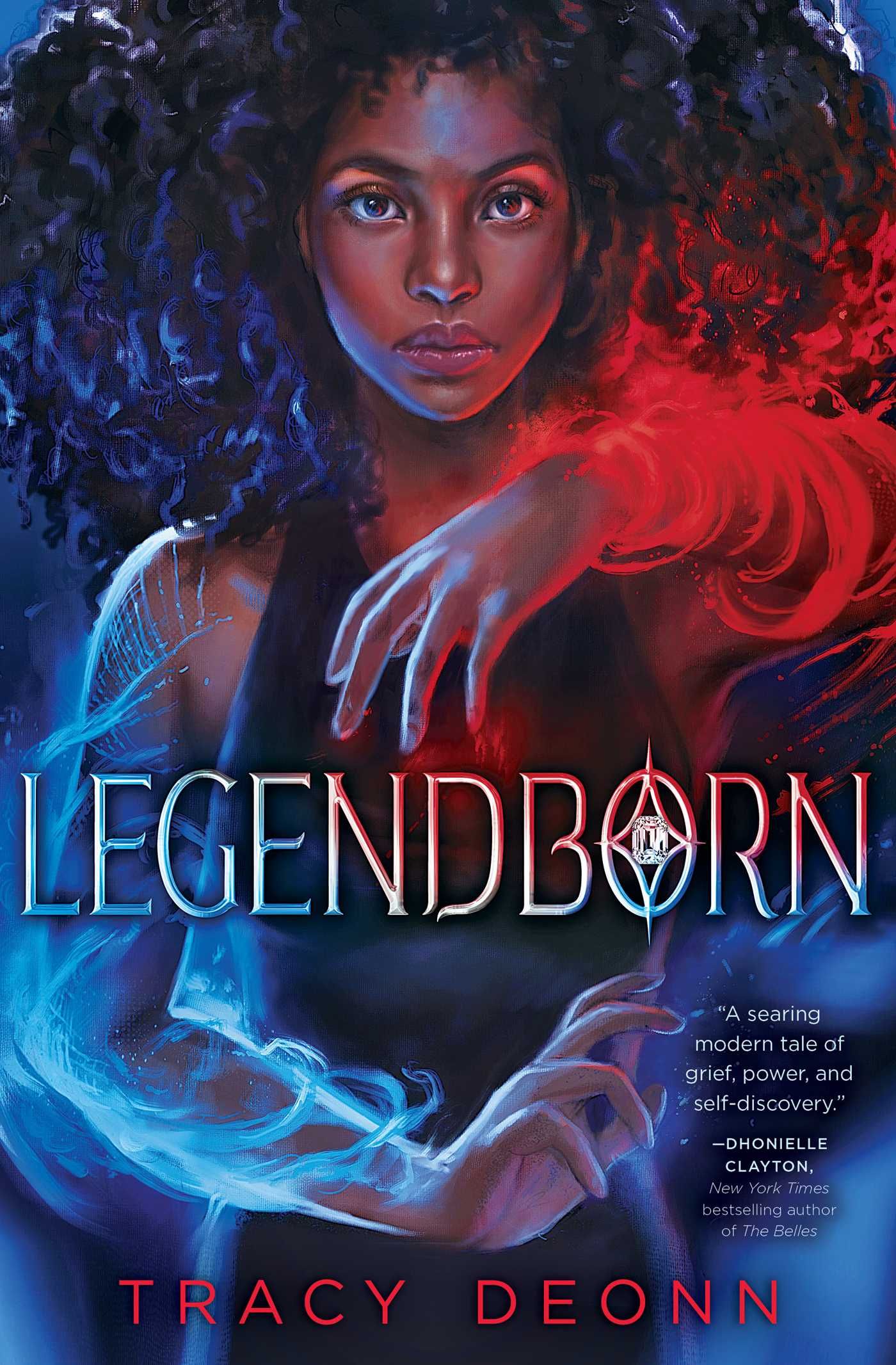
Legendborn by Tracy Deonn
Tracy Deonn’s debut novel sees Bree Matthews, a recently bereaved Black girl, getting caught up in a secret society formed of the descendants and reincarnations of Arthurian figures. Bree soon finds that her newly unlocked magic makes the Legendborn society distrust her, while her friendships amongst a community of Black women who use Root magic are strained by her association with the society that supports the Legendborn, a community based on whiteness and colonisation.
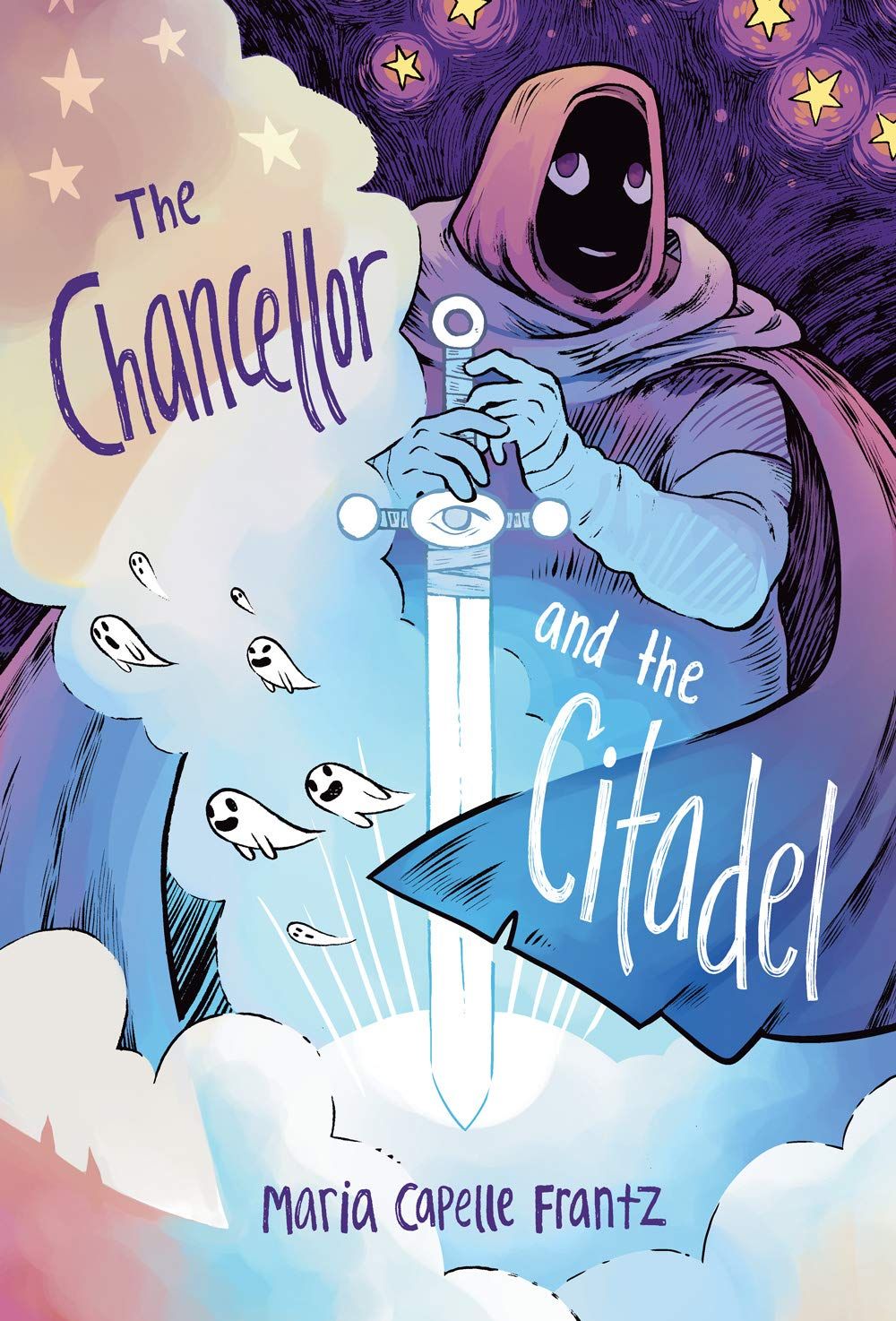
The Chancellor and the Citadel by Maria Capelle Frantz
This short graphic novel is set in a post-apocalyptic world, where the only people living in relative stability are the occupants of the Citadel. The Citadel is protected by the Chancellor, a powerfully magical figure who rules and defends the city. However, chaos creeps in when more and more people in the Citadel begin to believe that the Chancellor herself may have caused the devastating events that destroyed the world outside.
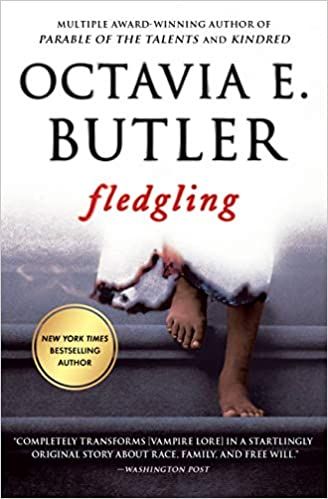
Fledgling by Octavia Butler
Written by sci-fi titan Octavia Butler, Fledgling is a vampire novel focused on Shori, a 53-year-old vampire who outwardly appears to be a 10-year-old girl. While Shori’s powers are not magical, they are supernatural, beyond both normal human and vampire capabilities; she can survive on blood and form enthralling symbiotic relationships with humans, but can also survive in daylight and stay awake during the daytime. As the story continues, we learn that Shori’s original family has been massacred by humans in the employ of a rival vampire family, the Silks, who resent the genetic modification that Shori’s family carried out in order to create a day-walking vampire.
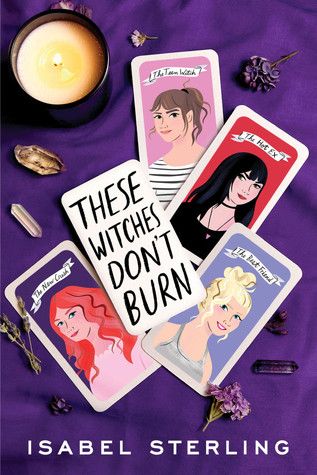
These Witches Don’t Burn by Isabel Sterling
Hannah, a young Elemental witch and part of a secret coven living in Salem, Massachusetts, has enough trouble contending with her ex-girlfriend and fellow coven member Veronica, and falling for new girl in town Morgan. However, when a school party is interrupted by evidence that a blood witch has arrived in Salem, Hannah believes that a mistake she made in the past has caught up with her. In These Witches Don’t Burn, the ‘dangerous girl’ character isn’t the protagonist – instead, Morgan is revealed as a blood witch, making Hannah question her beliefs as to whether blood witches are as evil as she’s always been told.
It’s perhaps not surprising that the ‘dangerous magical girl or woman’ trope is such a compelling one – in a society constructed on patriarchal prejudices, a powerful woman can be a frightening figure to authority figures, especially when that woman has other marginalisations within a society structured to depower her on several axes. I love that there are so many fascinating stories that look at these powerful women and girls, centre them in the story, and resist the urge to make them wholly good or wholly evil, but instead show them for who they are – complex and human.
To brush up on your WandaVision background knowledge, check out our article on Agatha Harkness: Everything You Need to Know. If you can’t get enough of literary witches, you’ll find plenty of inspiration for your TBR pile on our list of 20 Witchy Books from 2019.
Source : Dangerous Girls: 7 Witchy Reads for WandaVision Fans














